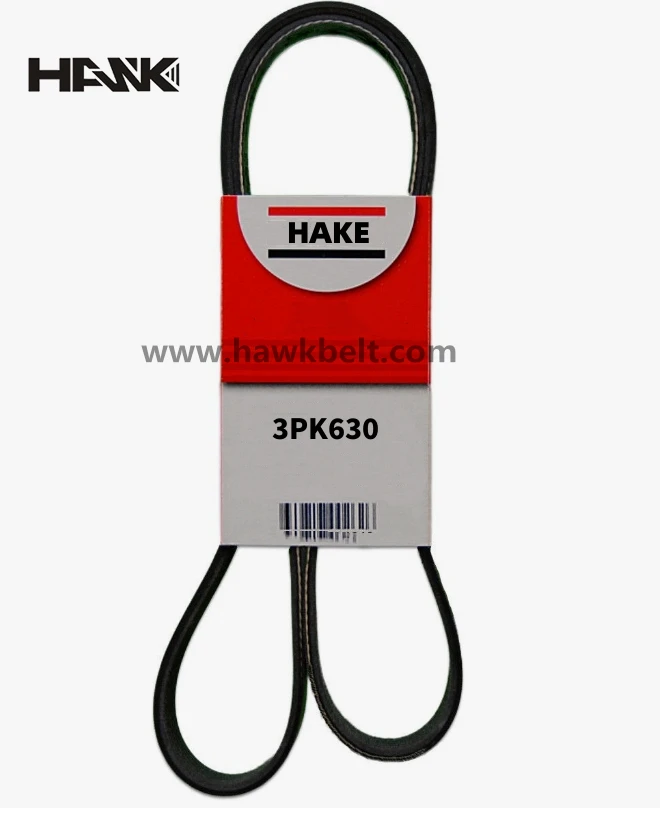- Arabic
- French
- Russian
- Spanish
- Portuguese
- Turkish
- Armenian
- English
- Albanian
- Amharic
- Azerbaijani
- Basque
- Belarusian
- Bengali
- Bosnian
- Bulgarian
- Catalan
- Cebuano
- Corsican
- Croatian
- Czech
- Danish
- Dutch
- Afrikaans
- Esperanto
- Estonian
- Finnish
- Frisian
- Galician
- Georgian
- German
- Greek
- Gujarati
- Haitian Creole
- hausa
- hawaiian
- Hebrew
- Hindi
- Miao
- Hungarian
- Icelandic
- igbo
- Indonesian
- irish
- Italian
- Japanese
- Javanese
- Kannada
- kazakh
- Khmer
- Rwandese
- Korean
- Kurdish
- Kyrgyz
- Lao
- Latin
- Latvian
- Lithuanian
- Luxembourgish
- Macedonian
- Malgashi
- Malay
- Malayalam
- Maltese
- Maori
- Marathi
- Mongolian
- Myanmar
- Nepali
- Norwegian
- Norwegian
- Occitan
- Pashto
- Persian
- Polish
- Punjabi
- Romanian
- Samoan
- Scottish Gaelic
- Serbian
- Sesotho
- Shona
- Sindhi
- Sinhala
- Slovak
- Slovenian
- Somali
- Sundanese
- Swahili
- Swedish
- Tagalog
- Tajik
- Tamil
- Tatar
- Telugu
- Thai
- Turkmen
- Ukrainian
- Urdu
- Uighur
- Uzbek
- Vietnamese
- Welsh
- Bantu
- Yiddish
- Yoruba
- Zulu
Okt . 06, 2024 03:33 Back to list
stepper motor belt
Understanding Stepper Motor Belts Applications and Benefits
Stepper motors have become increasingly popular in various industries due to their precise control capabilities and versatility. When paired with belts, stepper motors can enhance the efficiency and performance of many applications. In this article, we will explore the integration of stepper motors with belts, their advantages, and common applications.
What is a Stepper Motor?
A stepper motor is a type of DC motor that divides a full rotation into a series of discrete steps. Each step corresponds to a specific angular movement, allowing for precise positioning and speed control. Stepper motors are known for their accuracy and repeatability, making them ideal for applications that require exact movements, such as in robotics, 3D printers, CNC machines, and more.
The Role of Belts
Belts are mechanical components used to transmit motion and power between two rotating shafts. In the context of stepper motors, belts, particularly timing belts, are employed to enhance the motor's capabilities. These belts can convert the rotary motion of the motor into linear motion or adjust the speed and torque based on the system's requirements.
Benefits of Using Stepper Motor Belts
1. Improved Torque and Speed One of the primary advantages of using belts with stepper motors is the ability to increase torque. By utilizing a belt and pulley system, the motor can achieve higher speeds and torque output, which is especially beneficial in applications requiring rapid movements.
2. Precise Positioning The combination of a stepper motor and a belt system allows for precise positioning. The belt ensures that the movements of the motor are accurately transferred, maintaining the integrity of the positioning even under load.
3. Reduced Backlash Backlash, a common issue in gearing systems, can hinder the performance of a motor. Timing belts, often used with stepper motors, provide a more precise engagement, significantly reducing backlash. This results in improved accuracy and smoother operation.
stepper motor belt

4. Flexibility in Design Using belts allows for greater flexibility in mechanical design. They can be easily routed around various obstacles, providing more options for layout and configuration in complex machinery. This adaptability makes them suitable for a wide range of applications.
5. Noise and Vibration Reduction Stepper motors can produce noise and vibrations during operation. When combined with belts, the system can absorb some of these vibrations, leading to quieter and smoother operation, which is essential in environments where noise reduction is crucial.
Common Applications
Stepper motor belts are utilized in various applications, including
- 3D Printing In 3D printers, stepper motors drive the movement of the print head and build platform. The use of belts allows for rapid movements and high precision, enabling the production of intricate designs.
- CNC Machines Computer Numerical Control (CNC) machines rely on stepper motors for accurate cutting and shaping of materials. Belts help in translating the motor’s rotational movement into the linear paths required for machining.
- Robotics Many robotic systems use stepper motors paired with belts for joint movements and linear actuators. This combination allows robots to perform precise tasks such as assembly, painting, and welding.
- Automated Material Handling In automated systems, stepper motors and belts work together to move items on conveyor systems efficiently. The combination ensures that items are transported accurately and at controlled speeds.
Conclusion
The integration of stepper motors and belts presents a powerful combination that enhances the performance, precision, and versatility of various applications. With the numerous benefits they offer, such as improved torque, reduced backlash, and noise reduction, it is no wonder that this pairing is a popular choice in many industries. As technology continues to advance, the applications and efficiencies of stepper motor belt systems are likely to expand, driving innovation in fields such as automation, robotics, and manufacturing. Understanding the dynamics of these systems is essential for engineers and designers aiming to optimize their products and processes.
-
Korean Auto Parts Timing Belt 24312-37500 For Hyundai/Kia
NewsMar.07,2025
-
7PK2300 90916-T2024 RIBBED BELT POLY V BELT PK BELT
NewsMar.07,2025
-
Chinese Auto Belt Factory 310-2M-22 For BMW/Mercedes-Benz
NewsMar.07,2025
-
Chinese Auto Belt Factory 310-2M-22 For BMW/Mercedes-Benz
NewsMar.07,2025
-
90916-02660 PK Belt 6PK1680 For Toyota
NewsMar.07,2025
-
drive belt serpentine belt
NewsMar.07,2025

